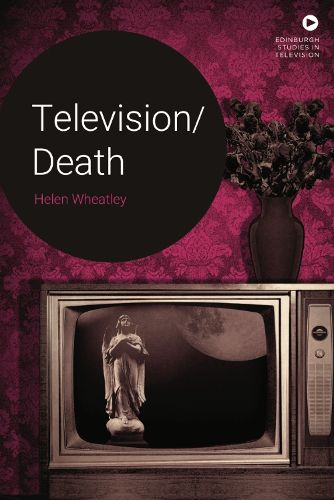Readings Newsletter
Become a Readings Member to make your shopping experience even easier.
Sign in or sign up for free!
You’re not far away from qualifying for FREE standard shipping within Australia
You’ve qualified for FREE standard shipping within Australia
The cart is loading…






Television/Death intertwines the study of death, dying and bereavement on television with discussion of the ways that television (and the TV archive) provides access to the dead.
Section One looks at the representation of death, dying and the afterlife on television, in historical and contemporary factual television (from around the world) and in US television drama.
Section Two focuses on dramas of grief and bereavement and discusses how the long form seriality and narrative complexity of television, from family melodramas to the ghost serial, allows for an emotionally realist representation of experiences of grief, bereavement and death-related trauma.
Finally, Section Three proposes that television has been overlooked in critical analyses of recorded sounds' and images' propensity to 'bring back the dead'. It argues that television is the posthumous medium par excellence and looks at how the dead return via incorporation into new television programmes or through projects to bring television out of the archive.
$9.00 standard shipping within Australia
FREE standard shipping within Australia for orders over $100.00
Express & International shipping calculated at checkout
Television/Death intertwines the study of death, dying and bereavement on television with discussion of the ways that television (and the TV archive) provides access to the dead.
Section One looks at the representation of death, dying and the afterlife on television, in historical and contemporary factual television (from around the world) and in US television drama.
Section Two focuses on dramas of grief and bereavement and discusses how the long form seriality and narrative complexity of television, from family melodramas to the ghost serial, allows for an emotionally realist representation of experiences of grief, bereavement and death-related trauma.
Finally, Section Three proposes that television has been overlooked in critical analyses of recorded sounds' and images' propensity to 'bring back the dead'. It argues that television is the posthumous medium par excellence and looks at how the dead return via incorporation into new television programmes or through projects to bring television out of the archive.